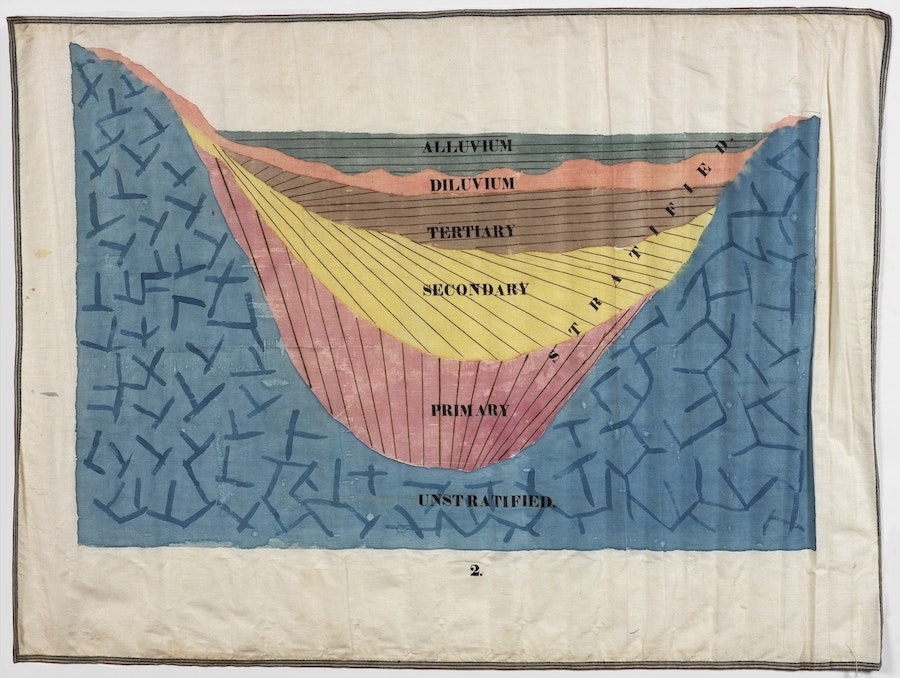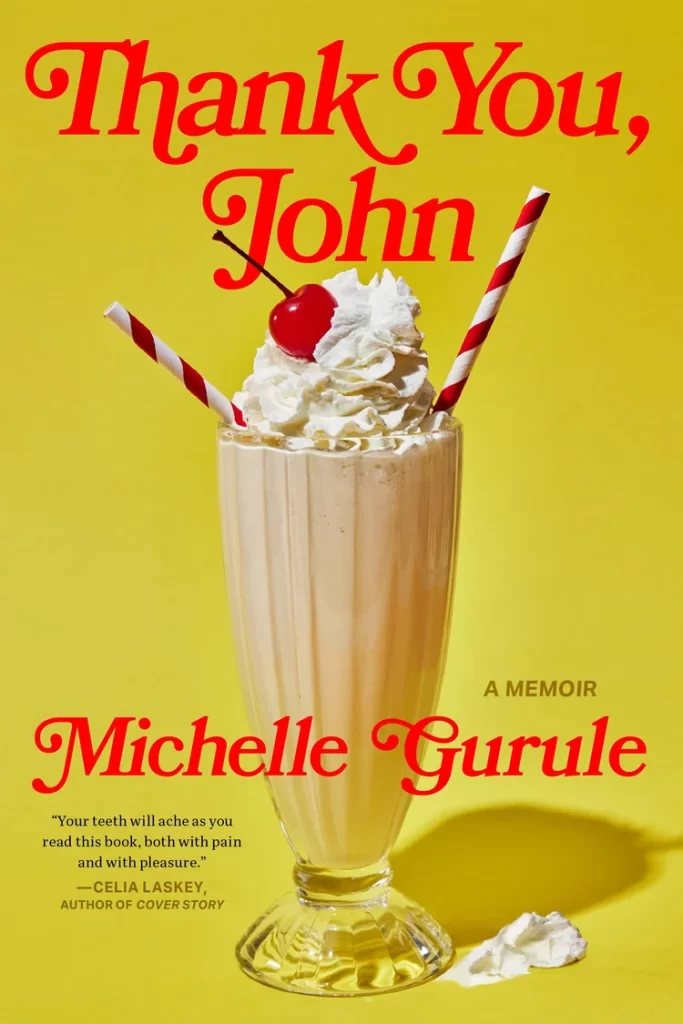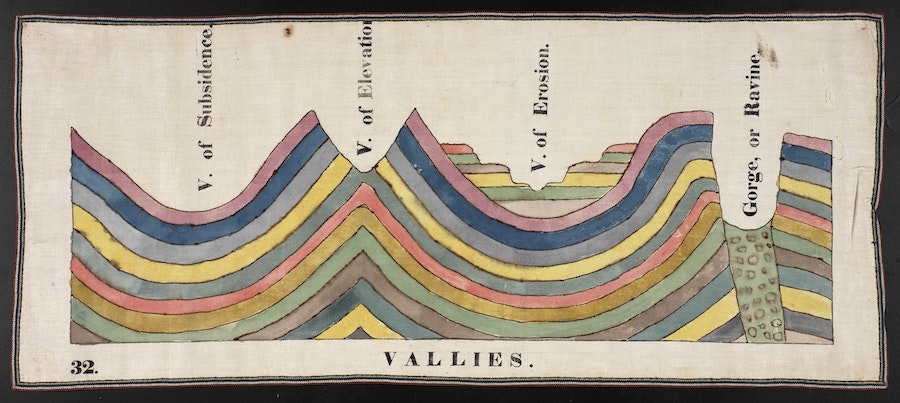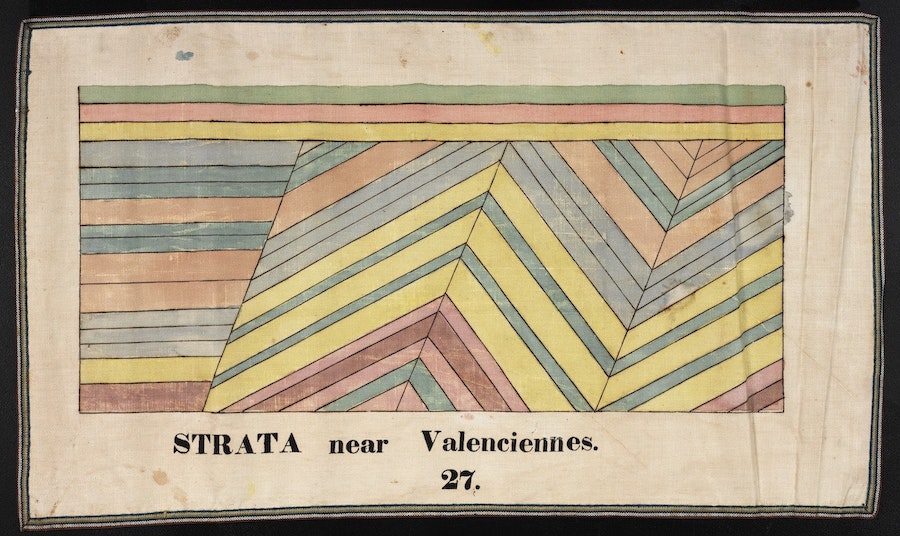When I was first asked to write a blog post introducing myself and my expectations as Blue Mesa Review’s new fiction editor, I admit I floundered a bit. Obviously, like any fiction editor at any publication, I’m looking for good fiction. But what is “good” fiction? What differentiates “good” fiction from “bad”? How do we weigh personal taste against objective appreciation of craft? My predecessor and our current EIC, Anthony Yarbrough, began his introductory blog post by posing some related questions, and using them as a segue into a discussion of the kind of writing he’d like to publish. Other writers smarter and more talented than I have been wrestling with these questions since time immemorial, so I don’t see much point in even attempting to answer them with any degree of finality. Instead, I thought I’d take a page from Anthony’s book and discuss what I’d like to see in the pages of Blue Mesa Review, doing my best to speak in both general and specific terms.
I’ve always been a bit of a contrarian, especially when it comes to art; to me, the most interesting pieces are always those that somehow fly in the face of convention, subvert audience expectations, lead to a thought or feeling that one would never have anticipated, etc. That’s not to say that every piece needs to be wildly experimental in its form, nor is it to say that I don’t value conventions of craft as they are understood and promulgated in the literary world, because I do (and so should anyone interesting in publishing in literary magazines). But like any other, the literary culture is occasionally forced through a paradigm or zeitgeist shift of some kind, lest it become stale and uninteresting.
Last fall, Danica Lee published an impassioned BMR blog post entitled “In Defense of Pulp” wherein she makes the case for genre and pulp fiction as being worthy of attention and praise, identifying the line between them and “literature” as “arbitrary and often an elitist marker of value.” While one could posit a compelling argument against this statement, I agree with Dan-ica’s claim that genre and pulp are not worthless, and her post has me thinking about other ways in which the “academic” writing/MFA culture has influenced literary production.
For many years, Raymond Carver was a dominant component of this influence. I remember reading his stories for undergraduate writing workshops in the aughts, just as I remember receiving manuscripts back from instructors who’d clearly been influenced by his style: with nearly every adjective and adverb crossed out, with two- or three-word descriptions crossed out and replaced with a single word, and/or with syntactically complex sentences rearranged to be simpler, etc., etc. Carver wasn’t the only 20th-century American fiction writer to work in this mode, but his association with the aforementioned academic writing culture had been largely cemented by the time I began writing in earnest, and his influence, though not always explicitly articulable, was deeply felt, so much so that in his book The Program Era: Postwar Fiction and the Rise of Creative Writing, literary scholar Marc McGurl chose Carver as his exemplar for one of three “aesthetic formulations” he identifies in “program era” American fiction: lower-middle-class modernism, a formulation defined as much by its minimalistic style as it was by its commitment to explorations of social structure.
While Carver’s minimalism certainly had, and has, its place in the pedagogy of creative writing—it is hard, for example, to conceive of a situation in which the use of “very fast” would be better than, say, “rapid” or “speedy” (a lesson all aspiring writers should learn)—I believe that, much like the academy’s focus on literary fiction over genre fiction, the encouragement of minimalism over maximalism has perhaps gone a bit too far. Beyond the blow it strikes to a young writer’s ego when seeing red lines through each of their carefully chosen modifiers, this focus on minimalism has, as at least one author has noted, denuded American prose of its “nuance, ele-gance, intricacy, and originality” to one extent or another, and has also, as another author notes, engendered a kind of homogenization in American literature, one in which contemporary fiction has become, as McGurl argues, inextricable from “the program” that created it. Obviously, “the program” is not a monolith—MFA workshops and other writing programs often differ drastically—but the commonalities, and their ramifications, are salient enough that this conversation has reached the national level.
So how do we move away from this potential homogenization? One way is by being contrarian. Don’t get too hung up on this instructor’s bias against adverbs, or that professor’s inclusion of Carver or Hemingway or Saunders on every syllabus. Synthesize the lessons your work-shops impart, yes, but write the way you want to write; if you’re more into sci-fi than literary fiction, great! If you choose to ignore dead white men like Carver and focus on more marginalized (but potentially more novel or unique) authors, awesome! If you want to write using a maximalist stylistic approach, more power to you! If I can detect an author’s passion and excitement, even if that passion and excitement are contained chiefly in a piece’s modifiers and syntactically complex, symbolism-rich language, I’m more likely to deeply consider their work.
On to more specific considerations: In recent weeks, the editorial staff has been engaged in discussions on defining the “identity” or “brand” of BMR moving forward. For my part, I’d like to see a magazine that maintains some degree of focus on New Mexico, or even just the southwestern US, as it is a region rich with potential fodder for good literature: a history of colonization and oppression, clashing cultures, cooperating cultures, beautiful landscapes and natural phenomena, complex art engendered by the most eclectic and unexpected influences, and so much more. Such a focus could also help in fulfilling another of the magazine’s missions, namely the inclusion of people who have been marginalized because of their race. In my role as fiction editor, I’d especially like to publish quality work from members of the Hispanic and indigenous communities, and/or work that has been informed by the experiences of those communities in this place.
Another point I’d like to quickly address: while perhaps not as obvious as the minimalistic influence writers like Carver have exerted on literary production, I’ve noticed a seeming bias against “animal stories” in recent years, and I’m not sure what to attribute it to. Indeed, Anthony’s predecessor in the fiction editor position, Ruben Miranda-Juarez, expressed this bias in his own introductory blog post. I can see where Ruben is coming from—I, too, have probably read enough horse and dog stories for a lifetime—but what about our state bird, the roadrunner, a unique predatory bird that, whenever I see one, reminds me of its dromeosaurid cousins? What about the tarantula hawk wasp, an insect with a life cycle so horrific one could be forgiven for assuming that it originated in the mind of H.R. Giger? Or the horned lizard, an animal so metal it can literally spurt blood from its eyes as a defensive mechanism, whose dwindling numbers point to larger and more dire implications of our relationship with the natural world? It seems to me that any of these species could be pivotal to any number of amazing, southwest-centric stories, essays, or poems, and could even help bring much-needed attention to the fact that our current relationship with the natural world is particularly fraught, to say the least.
Hopefully this gives anyone considering submitting work to BMR something to chew on. Again, I’m looking for good work (especially work that takes place in or is in some way related to NM/the southwest and its peoples) and in my experience, motivated contrarianism often produces just that; especially under the auspices of paradigmatic institutions and organizations like universities and MFA programs, it’s easy to forget one of the most important lessons art has to teach us: there are no rules, and if you’re not having fun, what’s the point?




